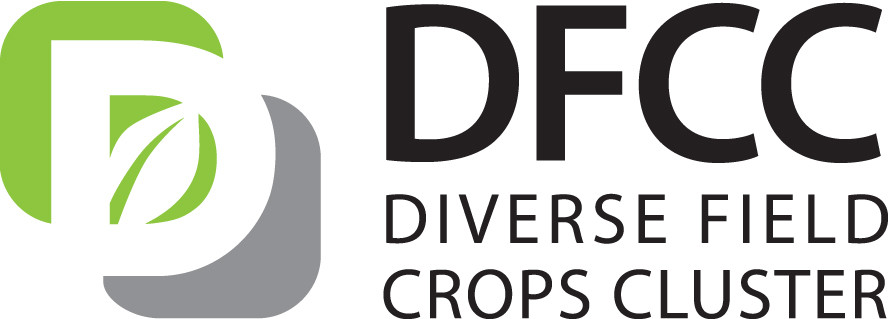
Canada is the world’s largest producer and exporter of canary seed
Nearly all Canada’s canary seed production occurs in Saskatchewan, with the annual seeded area ranging from 200,000 to 400,000 acres, depending on the year.
The value of Canadian canary seed exports ranges from $100 to $150 million per year depending upon volume and price. Mexico is the largest market, followed by several European nations, with a long list of other buyers around the world.
The vast majority of canary seed is used for feeding pet birds. This market is stable but does not appear to show any appreciable growth.
In early 2016, the Canary seed Development Commission of Saskatchewan obtained novel food approval from Health Canada as well as GRAS (Generally Recognized as Safe) status from the United States Food and Drug Administration (FDA) for de-hulled glabrous (hairless) canary seed. This followed years of extensive compositional, nutritional and toxicological work funded by producers with the support of government programs.
Glabrous canary seed was developed by the University of Saskatchewan’s Crop Development Centre many years ago. Having varieties without the tiny spicules attached to the seed hull have made human food applications viable.
As a new, gluten-free cereal grain, canary seed is poised to make inroads into the North American food market, both as a whole groat (hulled or crushed grain) and as flour. A better understanding of canary seed functionality, shelf stability, and sensory attributes will lead to greater adoption by the food industry.


